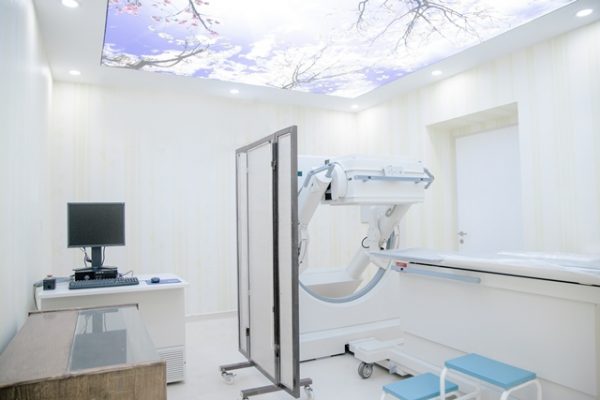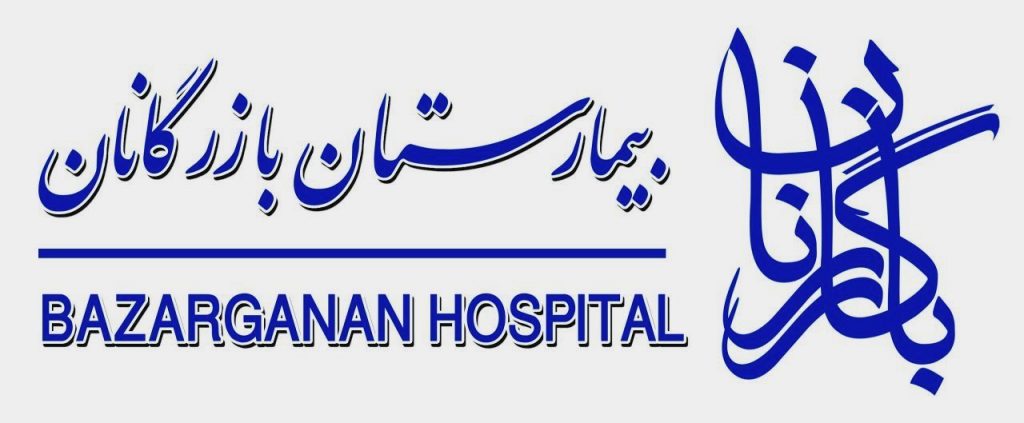Nuclear medicine is a branch of medical imaging, medical physics, and molecular radiography that uses the nuclear properties of materials (such as radioisotopes) to diagnose and treat disease. Nuclear pharmacy also contributes to this branch of basic medical science. The feature of nuclear medicine is that it is able to provide visual information of the body’s metabolic processes and functions, while other medical imaging techniques such as CT-Scan and MRI MRI generally produces structural and anatomical information. The most widely used radioisotope in medicine is technetium nucleus.
Some imaging techniques in nuclear medicine
- Cardiac scan: Imaging of blood supply to the heart muscle
- Bone scan: Injection of radioactive material, its accumulation in the bone marrow, and imaging and diagnosis by one of the imaging methods.
- Detection of tumors using observation of greater relative uptake of radioactive material.
- Brain scan: Injection of radioactive material, passing it through the blood-brain barrier, its accumulation in brain injuries (such as tumors) and imaging and its detection by one of the imaging methods.
- Gallium scan: To detect areas of inflammation or chronic infection
- Pulmonary scans: The location of abnormal tissue in the lungs and evaluation of lung function before surgery
- Thallium scintigraphy
- Thyroid scan
- …
Nuclear Medicine Department at Bazarganan Hospital:
Bazarganan Hospital Nuclear Medicine is located on the 1st floor of the main building of the hospital adjacent to other imaging wards. This section is equipped with a MiE-DIACAM spect device, which was put into operation in 1398. The nuclear medicine department of Bazarganan Hospital has one of the most up-to-date nuclear medicine equipment and software and uses them to provide services to hospitalized patients as well as outpatients. Most of the scans that are done in this section are heart scans. This section includes admission, exercise test, scan room, waiting for patients, doctor’s room, room for preparation and storage of radioactive materials (hot lips and waste) and part Injection of radioactive material. Outpatients can receive scans in person and inpatients in coordination with the relevant departments.


